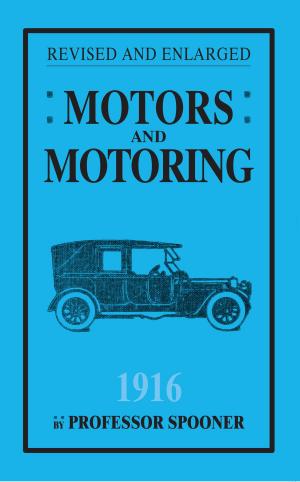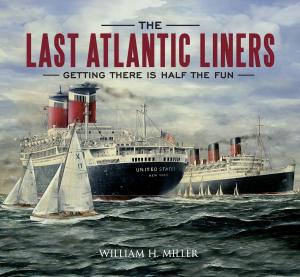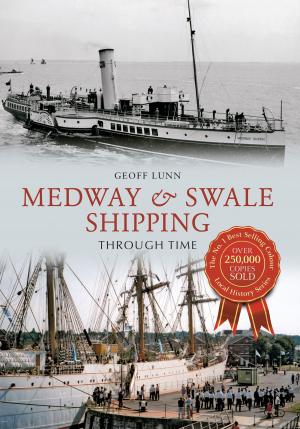| Author: | Simon Jeffs | ISBN: | 9781445619606 |
| Publisher: | Amberley Publishing | Publication: | November 15, 2013 |
| Imprint: | Amberley Publishing | Language: | English |
| Author: | Simon Jeffs |
| ISBN: | 9781445619606 |
| Publisher: | Amberley Publishing |
| Publication: | November 15, 2013 |
| Imprint: | Amberley Publishing |
| Language: | English |
The London to Brighton Line was built to serve the leisure market rather than industry. It initially carried nineteenth-century pleasure-seekers from the capital to fashionable Brighton, and subsequent services such as the Brighton Belle, the Sunny South Express and the Gatwick Express continued in that tradition. However, it also became a commuter line with fast services that made it possible to work in the City but live in the expanding suburbs to the south of London, or, later, in Surrey or Sussex. As well as steam locomotives, atmospheric traction was used on the Brighton Line, and, from 1909, electrification, which had reached Brighton by 1 January 1933 as well as the diesel locomotives still in use today. In this book, Simon Jeffs looks at the various forms of traction used on the Brighton Line, which give it a special identity even to this day.
The London to Brighton Line was built to serve the leisure market rather than industry. It initially carried nineteenth-century pleasure-seekers from the capital to fashionable Brighton, and subsequent services such as the Brighton Belle, the Sunny South Express and the Gatwick Express continued in that tradition. However, it also became a commuter line with fast services that made it possible to work in the City but live in the expanding suburbs to the south of London, or, later, in Surrey or Sussex. As well as steam locomotives, atmospheric traction was used on the Brighton Line, and, from 1909, electrification, which had reached Brighton by 1 January 1933 as well as the diesel locomotives still in use today. In this book, Simon Jeffs looks at the various forms of traction used on the Brighton Line, which give it a special identity even to this day.















